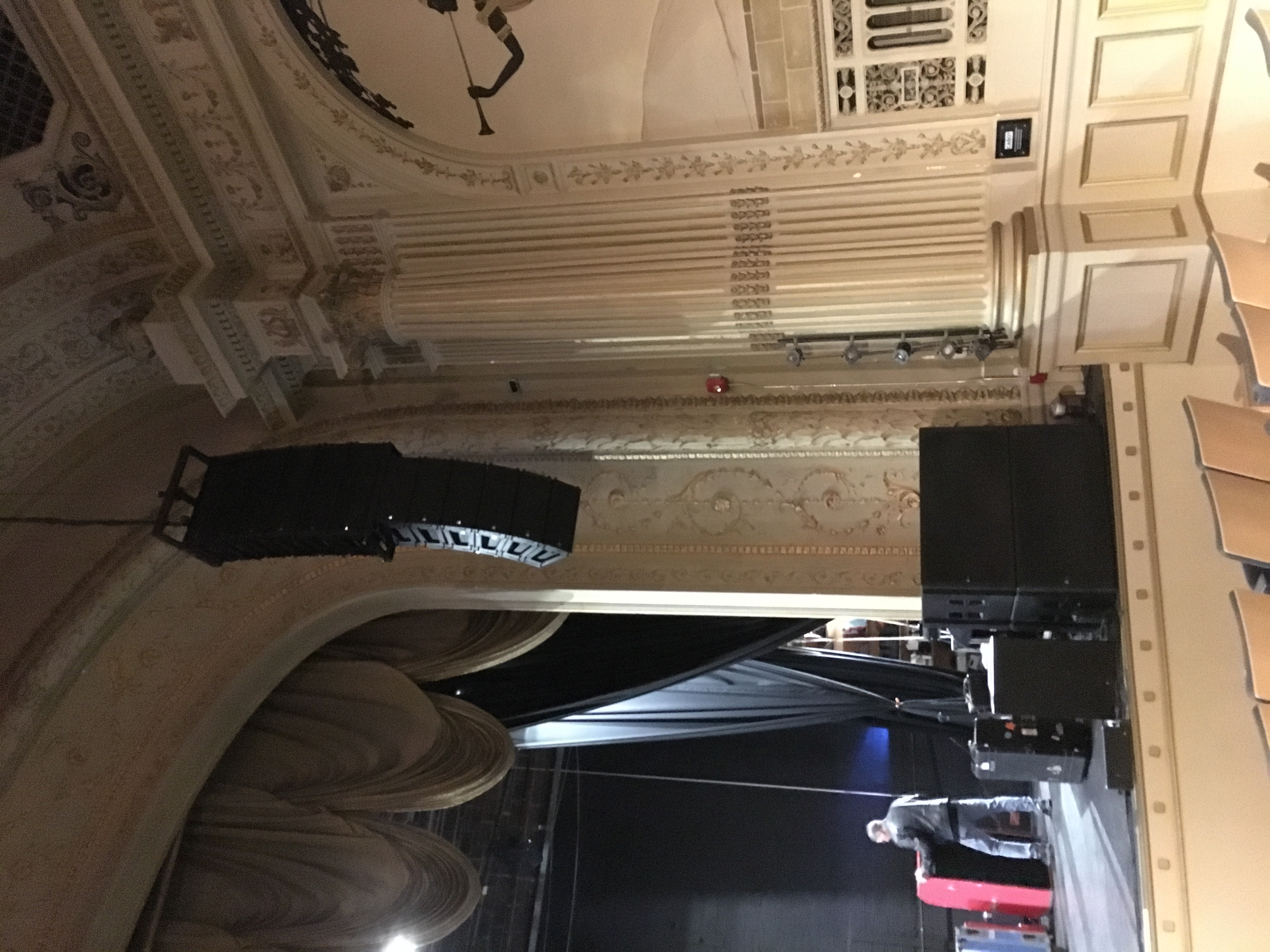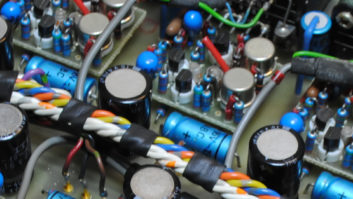This past week I visited the Cabot Theatre in Beverly, Mass., which opened on December 8, 1920, as a venue for vaudeville and silent movies. At the time it was hailed as “the most impressive auditorium of its size east of New York.”
Designed by the same architects as Boston’s Athenaeum and Olympia Theater, and Dorchester’s Strand Theater, the Cabot was initially called The Ware Theater, and for its first 40 years of operation served as a center of community life in downtown Beverly. In 1960 the venue was purchased by the E.M. Loews group and was renamed the Cabot Cinema. It was sold to Le Grand David and His Own Spectacular Magic Company in 1976, and for 37 years the Cabot hosted Le Grand David’s magic show, entertaining audiences, making seven White House appearances, and winning recognition in the Guinness Book of Records as well as Time, Smithsonian, and National Geographic World magazines.

It’s estimated that 20,000 movie theaters were built in the U.S. in the 1920s; the Cabot is one of approximately 250 similar movie palaces remaining in existence. Its future came into doubt when the Magic Company wound down and the venue was put up for sale, but fortunately it was purchased by Henry Bertolon in 2014 and saved from the wrecking ball. A board of directors was formed, and in October 2015 the new Cabot board named its first Executive Director, Casey Soward.
Subsequently, the Board embarked on a multi-phase renovation with the goal of completing the plan before the Cabot’s 100th Anniversary in 2020. Improvements include new fire escapes, installation of a digital cinema projection system and new theater sound system, new seating on the first floor and orchestra level viewing platform, a completely new HVAC system with reinforcement of the roof, and an upgrade of the P.A. with a hung system from Meyer Sound.
According to Cabot Production Manager and seasoned engineer Bill Winn, “The new system has much better coverage, particularly in the low end. We previously had two Meyer 700-HPs per side, and we’ve doubled that. The way the subs are oriented in the room, the bass transfers very nicely between the floor and the balcony, so we now have excellent coverage upstairs as well as downstairs.
“On top are six Meyer M’elodie cabinets [per side],” he continues. “These used to be ground stacked, so the coverage in the balcony was lacking. Now the P.A. is flown with six LINAs underneath the M’elodie cabs. The M’elodies are focused on the balcony areas and the LINAs are directed toward the floor seating.”
As you might imagine in a 100-year-old building, reinforcement of the roof was required before the P.A. could be safely hung. “The chandelier in the middle of the ceiling has been hanging there since 1920 and it’s really heavy,” Winn says. “Gravity has actually pulled it down six or seven inches over the years, so it’s amazing that it’s still there! The only way to save it was to redo all of the roof construction. There was some original steel in the building but most of it was timber, so they rebuilt the entire roof. That allowed us to do two things: One was to install a brand-new HVAC system [nice to have, especially in the summer months when it hits 90 degrees!]. It also enabled us to hang the P.A. The chain motors are in the roof above the ceiling that you see inside the theater. Small holes were drilled through the plaster, and the chains that hang the P.A. go through those holes. It’s really clean and doesn’t spoil the appearance of the room.
“We—myself, Scott Tkachuk and Paul Higgins from RPS—spent the better part of two days tuning the room,” adds Winn, “using SMAART, listening to voice through microphones, and playing a lot of different music. At one point we thought we had it. Then we played some music that had a lot of bass and realized that no, we didn’t have it [laughs]. Between the three of us and SMAART, I think we’ve dialed it in pretty nicely. Brian Edwards at PRG/VER was also very helpful in facilitating the install.”
The system is driven with a Meyer Galileo Galaxy. Two Meyer UPA-1Cs are used for front fill (one of them is used for the center channel when the Cabot does cinema), and three Meyer UPM-1Ps are used for the downstage fill.
Having mixed at the Cabot several times in the past, it was easy to hear the improvements in the P.A. during this most recent show. Vocals are clear and present literally everywhere in the room—even at the last row of the balcony. The total of 12 cabinets per side in the hang provides tons of headroom so you don’t need to floor the gas pedal to fill the room with sound. It’s a great enhancement to the venue. Check it out next time you’re in the area.







